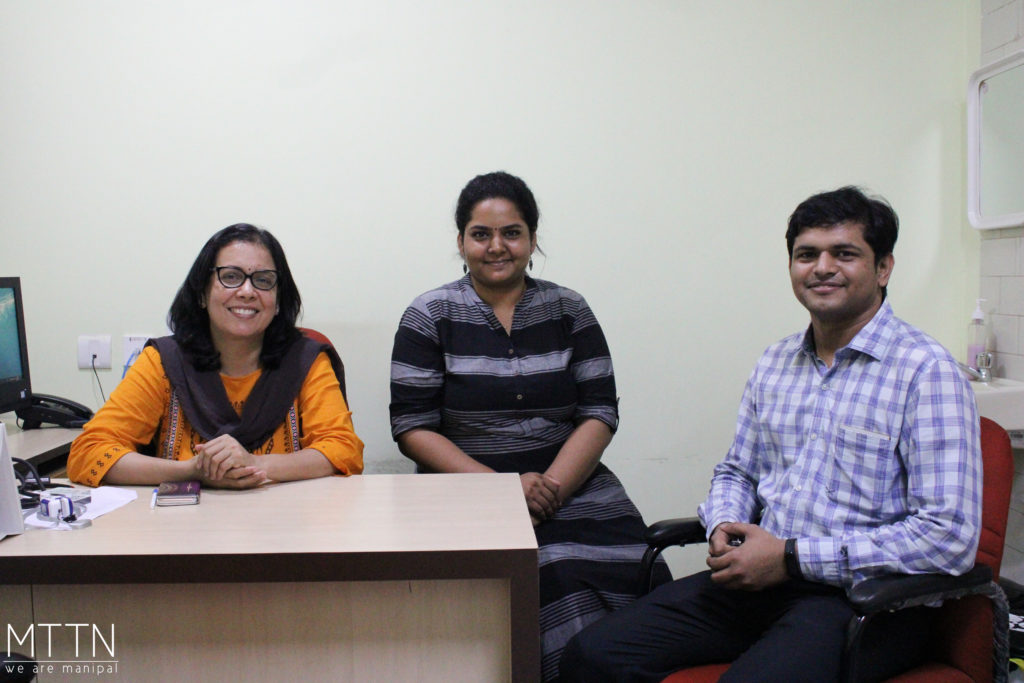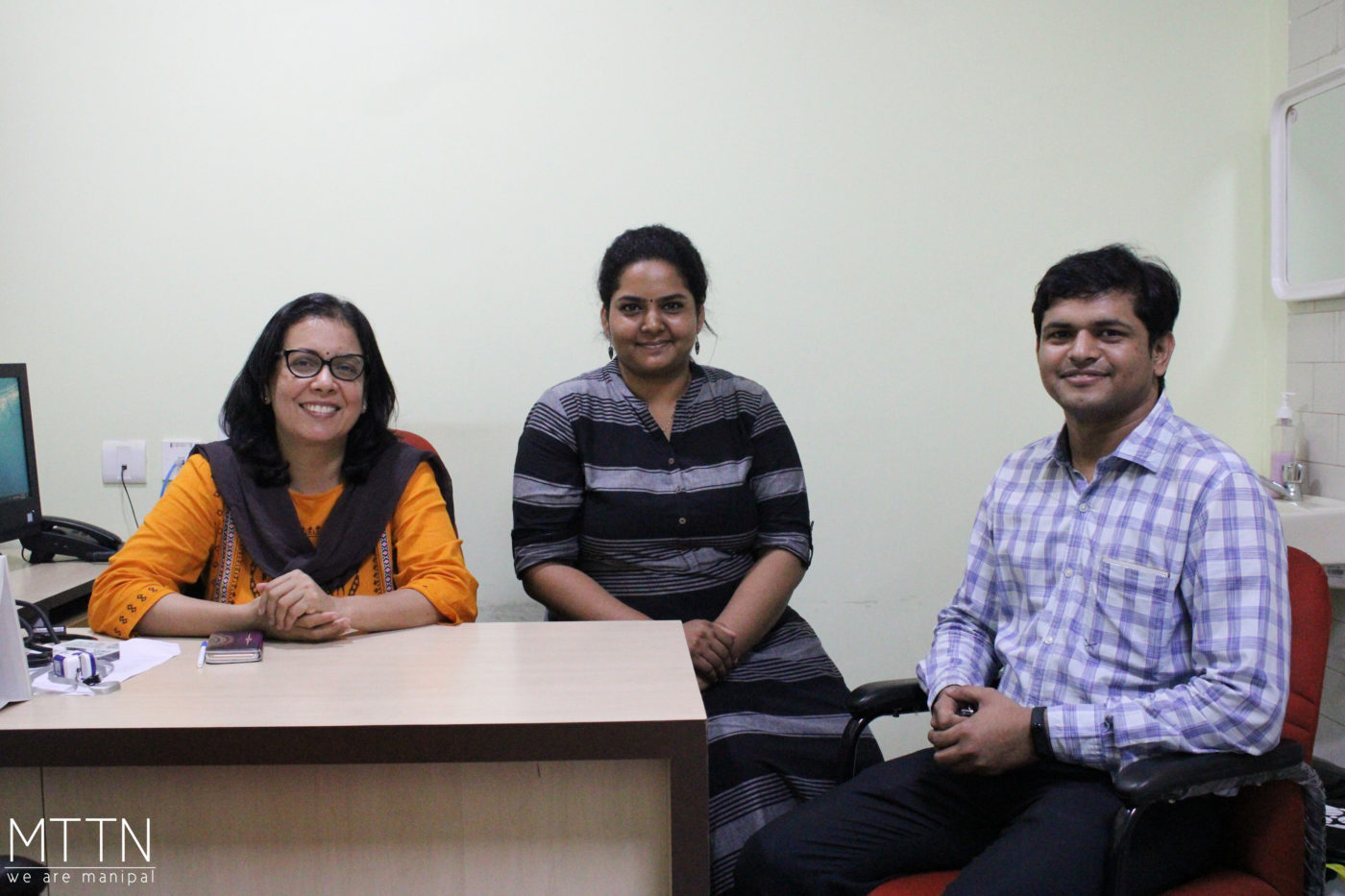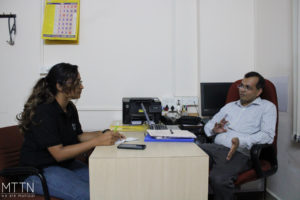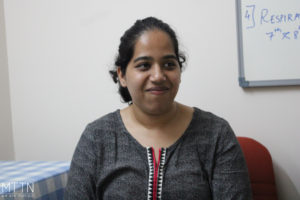
Saturday, the 12th of October, marks the World Hospice and Palliative Care Day. These words are thrown around quite often when one talks about serious life-threatening illness for which there is no cure. Palliative Care mainly focuses on improving the quality of life for the patient and the family by alleviating their suffering. It’s a much less-talked-about issue but highly critical to the lives of many who suffer. To raise awareness about the afore-mentioned topic, the Department of Palliative and Medicine and Supportive Care here at Kasturba Medical College is holding a walk at 5:30 pm on 12th October, from the Board High School, Udupi to Dr. TMA Pai Hospital.
MTTN caught up with Dr. Naveen Salins, the Head of Department, and Dr. Seema Rao, a professor at the department.
MTTN: Who came up with the idea to raise awareness by organizing a walk?
Dr.Naveen: Actually the entire department wanted to start a conversation about Palliative Care, especially among people from the Udupi District.
Dr. Seema: According to a recent survey conducted in India, only 1-4% of Indians have access to such care or even to basic pain medication, and the main culprit for such low statistics is lack of awareness. People don’t know that they have the right to maintain their dignity and lessen their suffering, even while combating a debilitating illness.
MTTN: Besides spreading awareness among the general public and particularly the youth, what other changes do you hope to see through this walk?
Dr. Seema: This year, the theme for World Hospice and Palliative Care Day is: My care, my right. By conducting a walk, we hope to reach an audience beyond just academicians and doctors, to sensitize the public. A large population suffers from a chronic and life-limiting illness. Once the people realize they can demand palliative care, and doctors begin to push for it within their hospitals, hopefully, the legislative bodies in our government will bring about a positive change in this field.
Dr. Naveen: You see, the demographics of illness affecting people have changed over the past 2 decades. We used to see cases of curable and infectious diseases but those days are gone. Now we have seen a surge in chronic illnesses. Hence with such a change in the disease demographics, our approach to patient care should also change. From a simple diagnosis-to-treatment method we used to see one of 2 outcomes: either the patient recovered or the patient succumbed to the illness. Nowadays the course of illness changes over the period of treatment. There are a lot of issues related to the quality of life, communication, social aspects, and spiritual aspects that need to be considered while treating a patient.
Dr. Seema: In an acute hospital situation, the main focus is the course of the disease, not the person suffering from said disease. This is where Palliative Care comes in. We take a more holistic view while treating a patient.
MTTN: Since the inception of this department, have you noticed any changes in the attitude of patients and doctors to the treatment of life-threatening illnesses?
Dr. Seema: We have a very young department. It started functioning just last year in August 2018. We aim to bring a cultural change during patient treatment. We focus on pain management and the psychological aspect while providing care. We have also started to branch out to cases beyond cancer, such as chronic illnesses in children, dementia, people suffering from heart failure. More than just an increase in the number of patients, we have also seen a change in the work environment regarding providing care.
MTTN: What message do you want people to take from the walk and this interview?
Dr. Naveen: I feel the main message to take home is that there needs to be an integration of pain management in all types of health care. While treating a patient it is of utmost importance to not only treat the underlying condition he/she suffers from but also their quality of life. We have to take into account the physical, social and emotional dimensions of health. And unless we do so, we cannot provide the best for the patient.
The Department of Palliative Care, while still young, has made noticeable changes in the lives of long-term patients and the methods of treatment in every sector of healthcare. Their aim to alleviate suffering and give people access to basic pain-relieving medication is one that is both noble and achievable, if the community, as a whole, works towards it.
Learn more about the Walk for Palliative Care at: https://khwalkathon.com/
-Written by Rupa Neelakantan and Andrea Gonsalves



Leave a Reply
You must be logged in to post a comment.